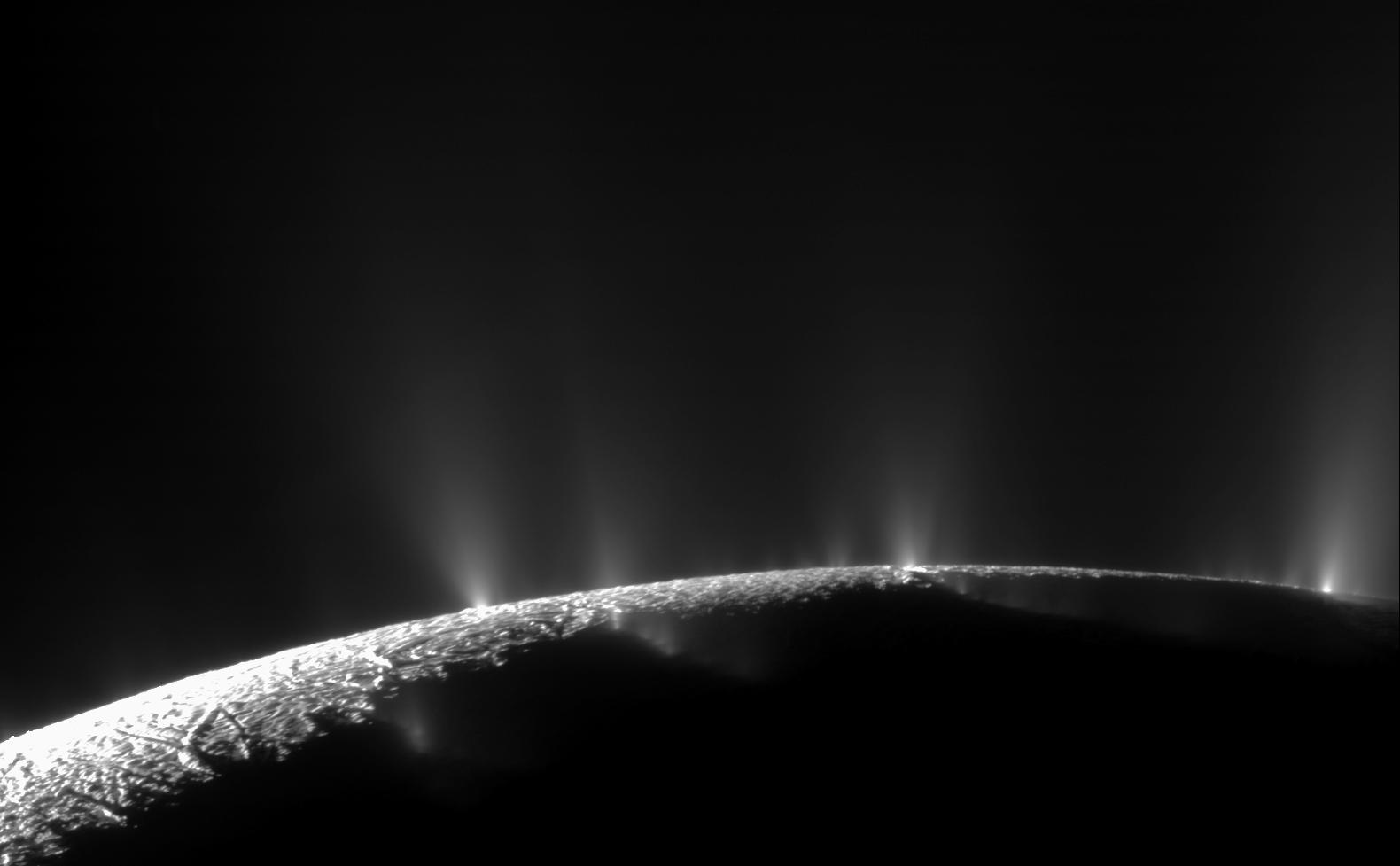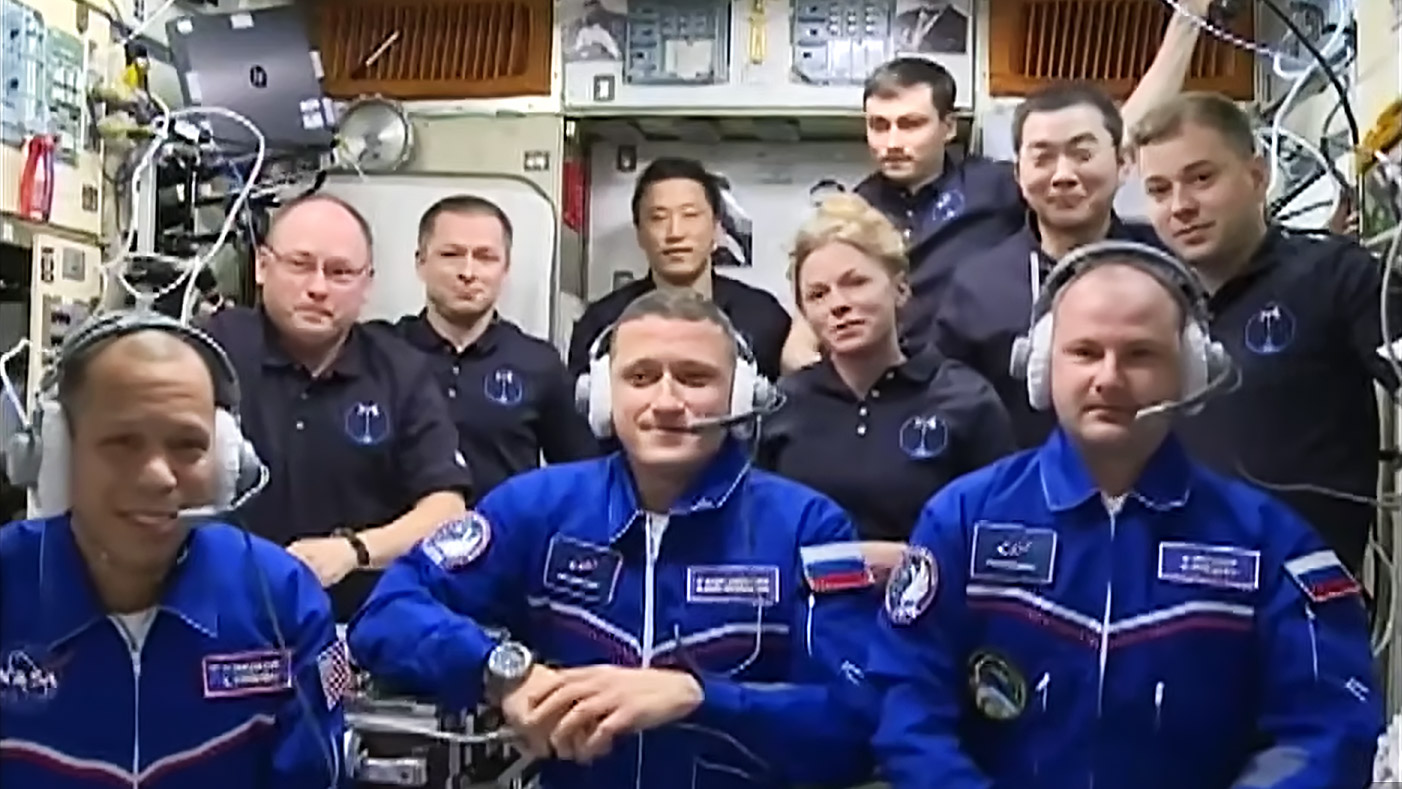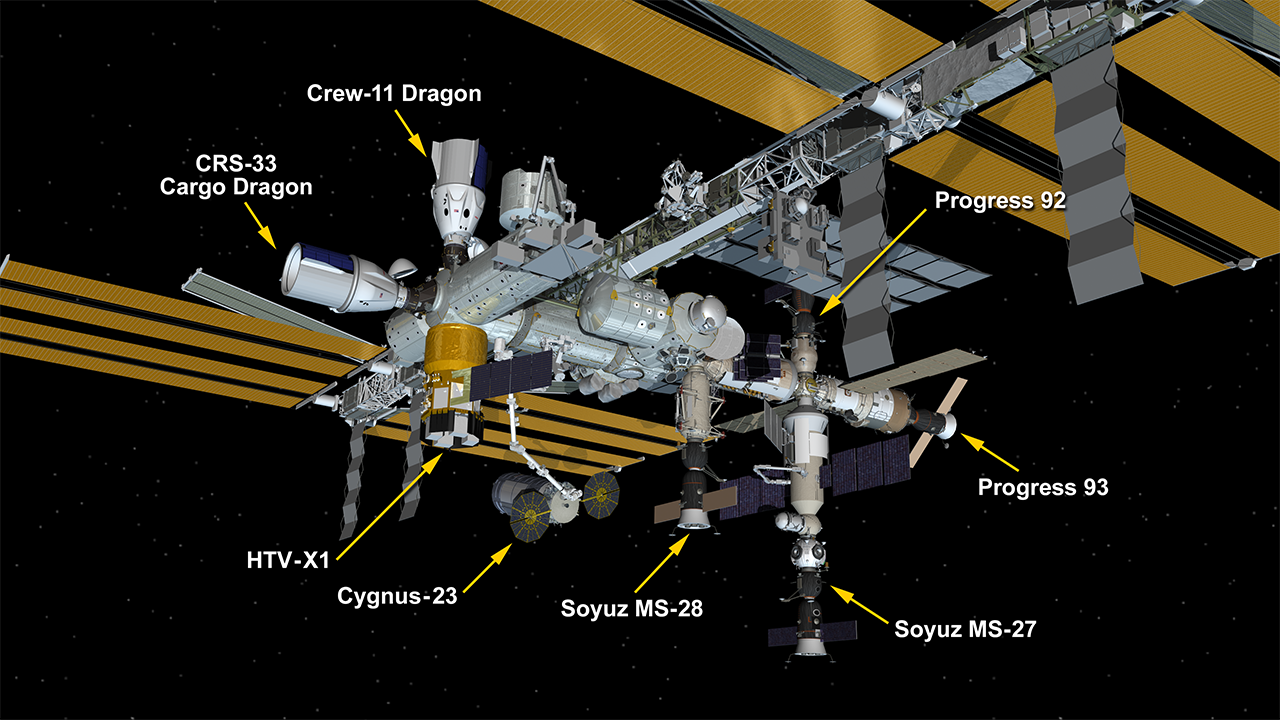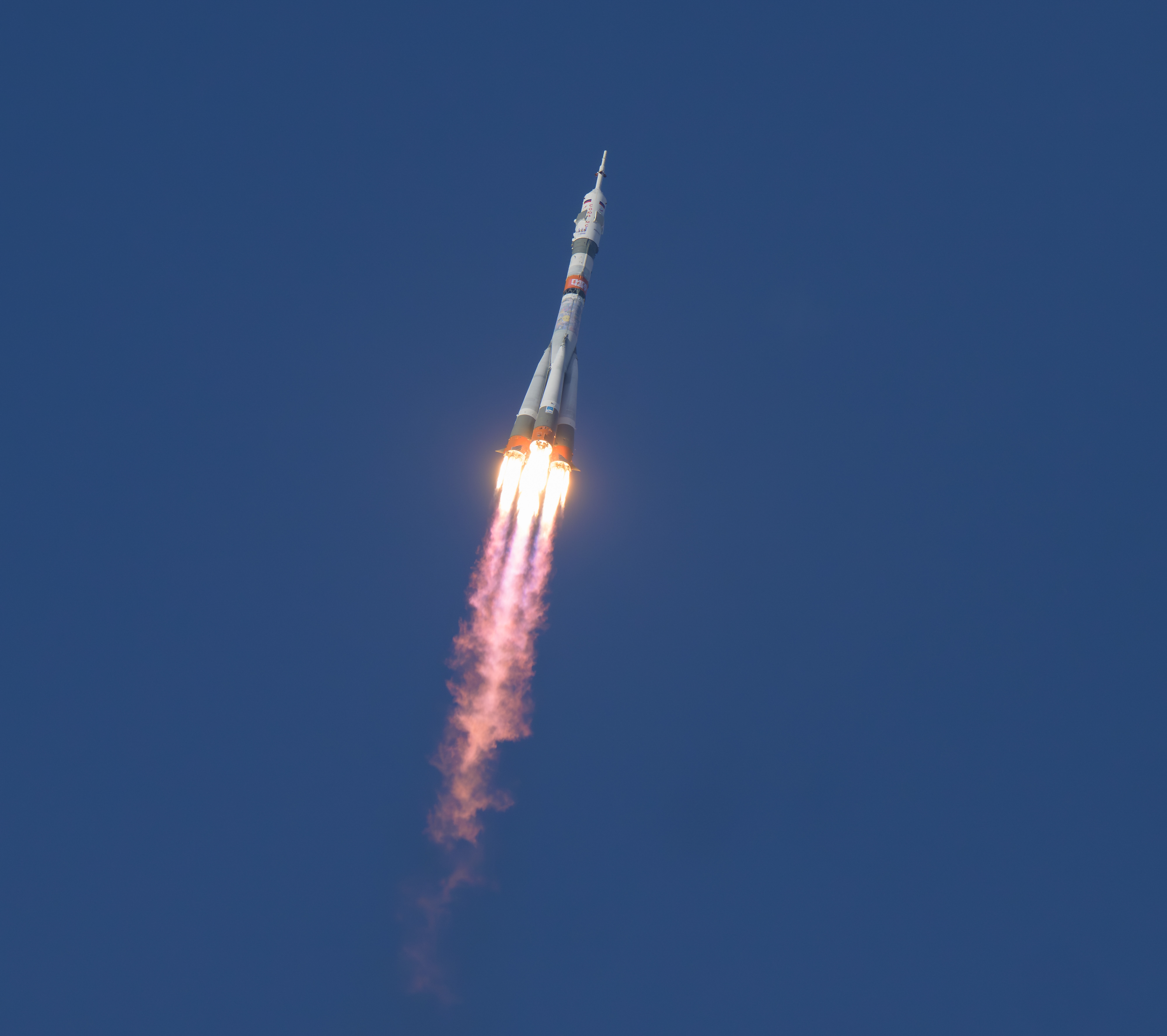Ranger 8
Type
Launch
Target
Objective
What was Ranger 8?
Following on the success of NASA's Ranger 7 mission—the first U.S. spacecraft to photograph the Moon up close—Ranger 8 took more than 7,000 high-resolution images of the Moon.
- Ranger 8 impacted the Moon about 15 miles (24 kilometers) from its target in the Sea of Tranquility, the area where Apollo 11 landed July 20, 1969, bringing the first humans to the Moon.
| Nation | United States of America (USA) |
| Objective(s) | Lunar Impact |
| Spacecraft | Ranger-C |
| Spacecraft Mass | 809 pounds (366.87 kilograms) |
| Mission Design and Management | NASA / JPL |
| Launch Vehicle | Atlas Agena B (Atlas Agena B no. 13 / Atlas D no. 196 / Agena B no. 6006) |
| Launch Date and Time | Feb. 17, 1965 / 17:05:00 UT |
| Launch Site | Cape Canaveral, Fla. / Launch Complex 12 |
| Scientific Instruments | 1. Imaging System (Six TV Cameras) |
Key Dates
Feb. 17, 1965: Launch
Feb. 20, 1965: Spacecraft crashed on the Moon
In Depth: Ranger 8
As successful as its predecessor, NASA's Ranger 8 returned 7,137 high-resolution photographs of the lunar surface prior to impact on the Moon at 09:57:37 UT Feb. 20, 1965.
Unlike Ranger 7, however, Ranger 8 turned on its cameras about eight minutes earlier to capture pictures with resolution comparable to Earth-based telescopes (for calibration and comparison purposes).
Controllers attempted to align the cameras along the main velocity vector to reduce imagine smear but abandoned this maneuver to allow greater area coverage. There had also been a spurious loss of telemetry during a course correction on Feb. 18 that gave rise for concern, although the mission was completed successfully.
Ranger 8 impacted at 2 degrees 43 minutes north latitude and 24 degrees 38 minutes east longitude.
The landing site was just 15 miles (24 kilometers) from its intended target in the equatorial region of the Sea of Tranquility, an area that Apollo mission planners were particularly interested in studying as a possible landing site for future crewed missions.
Key Source
Siddiqi, Asif A. Beyond Earth: A Chronicle of Deep Space Exploration, 1958-2016. NASA History Program Office, 2018.





































